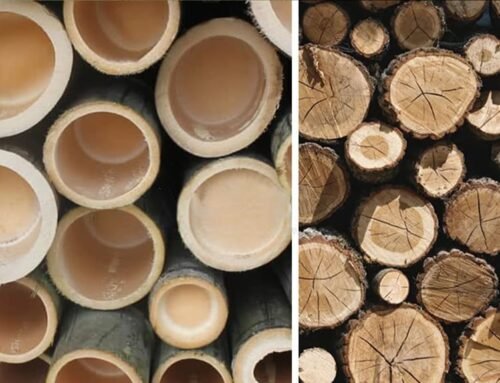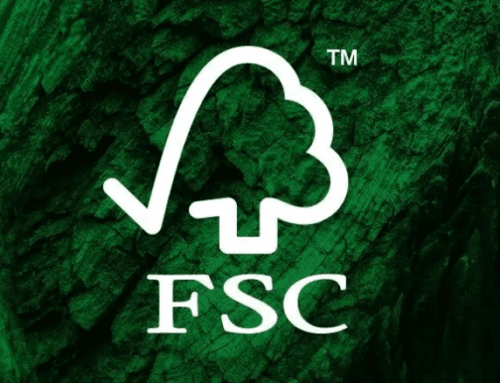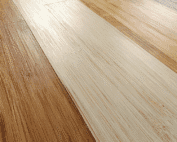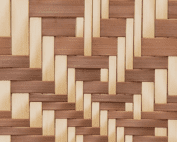How to Import Bamboo Plywood from China to the U.S. Amid Trade Uncertainties
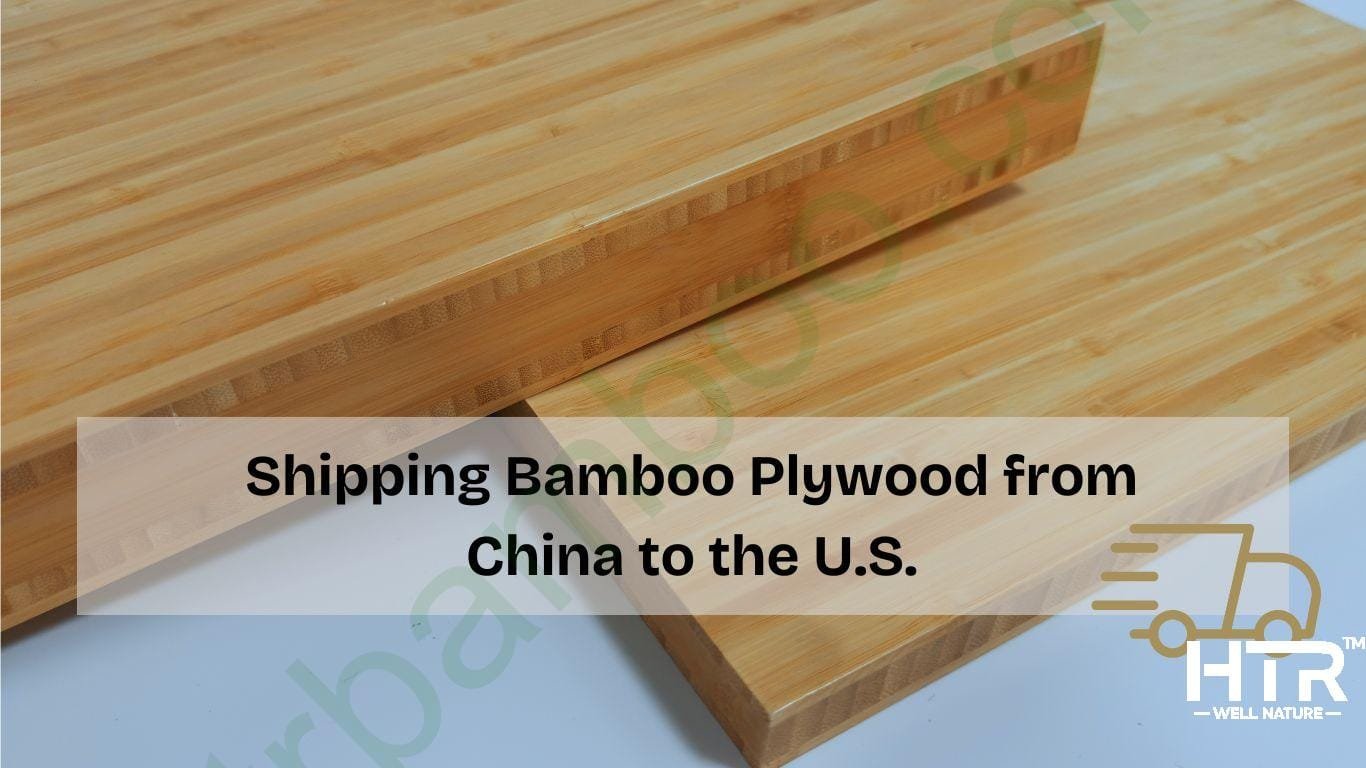
In 2024, the global market for bamboo and bamboo products like veneer, plywood, countertops, and crafts was valued at $75.5 billion. (1) Their demand is expected to see a CAGR of 7.9% and reach a market value of USD 138.9 billion by 2031. (2) Bamboo’s sustainability, affordability, and versatility are the primary reasons why manufacturers and consumers are choosing it over hardwood.
If you are an importer, distributor, manufacturer, or warehouse owner seeking to import bamboo plywood from China, you must stay informed about the increasing trade policy uncertainties and escalating Sino-U.S. trade tension. (3)
As a leading supplier of bamboo plywood, veneer, and other bamboo products, we at HTR Bamboo keep track of these developments to provide valuable guidance.
This guide aims to simplify the complex trade landscape so you can mitigate the risks. Let’s begin by understanding the common uncertainties associated with shipping bamboo products from China to the U.S.
Current Trade Environment and Regulatory Landscape
Recently, the U.S. has imposed a 10% tariff on all goods imported from China over the fentanyl crisis. In retaliation, China has implemented a 15% tariff on U.S. coal and LNG and 10% on crude oil and other important products. (4) China has also initiated new export control measures, creating significant uncertainties for traders.
These uncertainties have made the import-export market extremely volatile, making it difficult for bamboo importers to plan and invest safely.
Nevertheless, you must know some regulatory requirements associated with bamboo products.
Regulatory Requirements for Bamboo Products
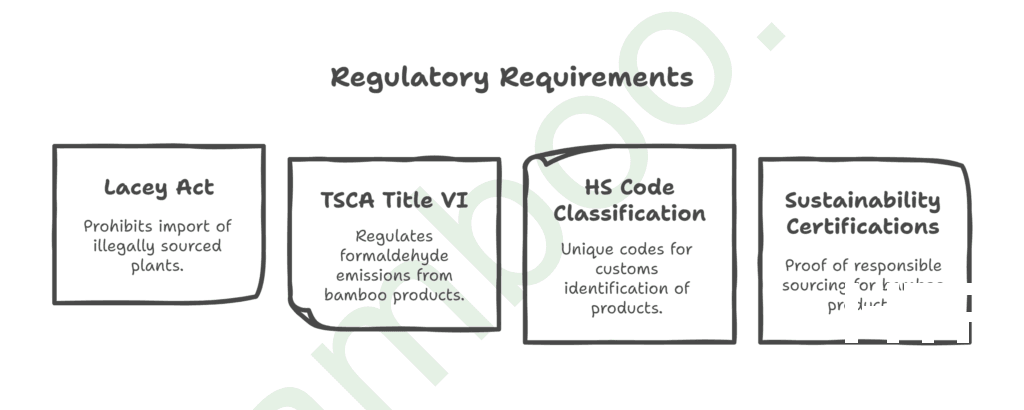
- Lacey Act - It prohibits the import of illegally sourced plant products.
- TSCA Title VI - It regulates the formaldehyde emission standards from bamboo products. You need to get your products tested to ensure compliance.
- Proper HS Code Classification—The HS code is an international system managed by the World Customs Organization (WCO). Each product category is assigned a unique six-digit code so the customs authorities can quickly identify it and determine the applicable tariff rate. For example, the HS code for bamboo plywood is 441210, and for bamboo furniture, it is 940382.
- Sustainability certifications (like FSC and CFCS) - These are often required in the U.S. to prove that bamboo products are responsibly sourced.
Challenges faced by B2B stakeholders due to regulatory requirements
The stricter regulations are making it difficult for the importers to ensure compliance. The importers must ensure accurate HS Code classification and provide proper certifications to prove the legality of their bamboo and bamboo products, like plywood. Failing to meet these import conditions causes delays and additional costs.
Now, let's look at the documentation and compliance measures you must follow if you want to import bamboo plywood from China to the U.S.
Essential documentation and compliance measures
Here’s a list of key documents you need to maintain.
Essential documents for importing bamboo plywood from China to the U.S.
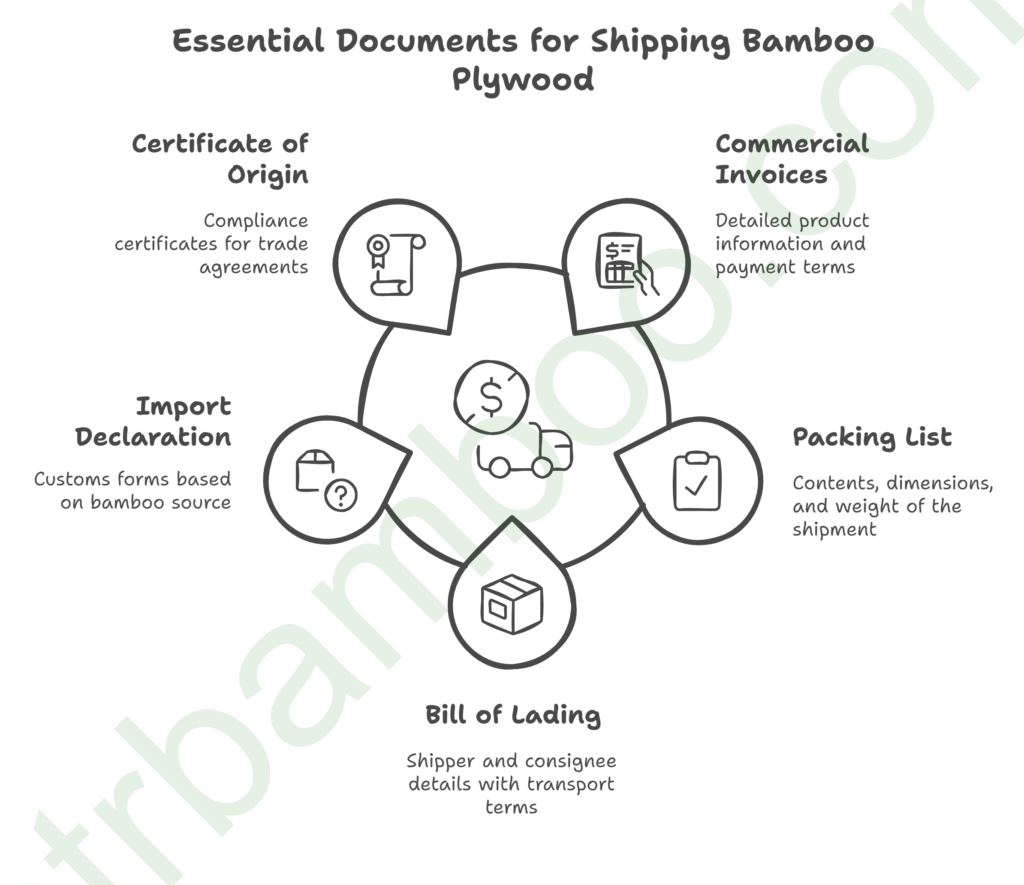
- Commercial invoices must include a detailed product description, specifications, HS code classification, unit and total price, payment terms, and the country of origin.
- Packing list - This provides details about your shipment's contents, including package dimensions and weight, as well as a list of items included.
- The bill of Lading (BOL) contains information about the shipper and consignee and outlines the transport terms. It is needed to release your goods at their final destination.
- Import Declaration - Depending on the source of the bamboo, you need to fill out custom declaration forms.
- Certificate of Origin: FSC/CFCS certificates and TSCA Title VI compliance documentation are required to comply with the trade agreement.
Compliance requirements for importing bamboo plywood from China to the U.S.
- HS Code Classification - Ensure that you correctly classify your bamboo products. Here’s a useful link to the codes.
- Lacey Act Compliance - You must provide the documents to prove that the bamboo used to make plywood is sustainably sourced.
- TSCA Title VI Adherence - The bamboo products you wish to ship must be tested for formaldehyde emissions.
At HTR Bamboo, we will help you with all the above certifications and documentation to ensure smooth and hassle-free shipping.
Online Resources and Tools
Here are some websites where you can get more details about the shipping regulations of bamboo products from China to the U.S.
- International Trade Commission Harmonized Tariff Schedule
- U.S. Customs and Border Protection
- Customs Info Database
Now that we have learned about compliance let's understand the logistics and freight forwarding practices you must follow to successfully ship bamboo plywood and products from China to the U.S.
Logistics and Freight Forwarding Best Practices
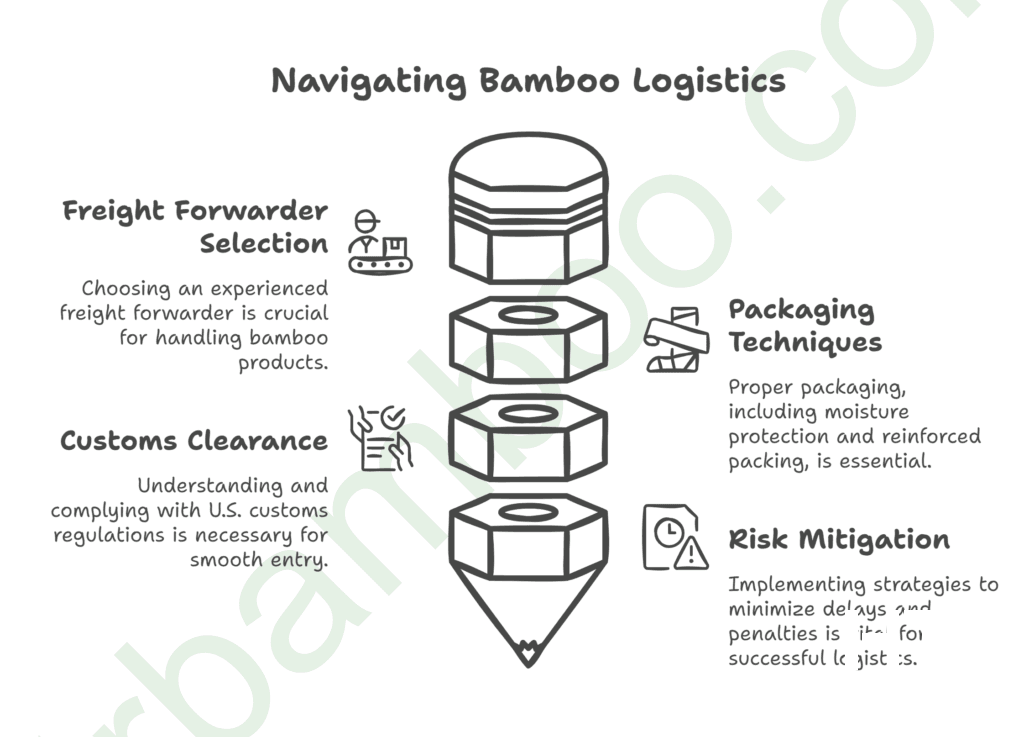
Choose an experienced freight forwarder.
Your freight forwarder is responsible for planning and handling everything, from storage to customs clearance. So, always choose someone with previous experience in handling bamboo products. The company must have detailed knowledge of the customs regulations and compliance requirements. It must be experienced in optimizing the routes to avoid potential delays.
Once you have figured out your freight forwarder, it's time to learn how to pack your products safely.
Packaging and handling tips for bamboo plywood and other bamboo products
Wrap your bamboo products in moisture-resistant sheets and include desiccants inside the packaging for extra protection. Use crates and pallets to pack bamboo plywood and veneer. The countertops should have reinforced packing with edge protection to prevent chipping. Bamboo crafts must be bubble-wrapped to prevent scratches and cracks.
AT HTR Bamboo, we pack our products carefully using buffer materials to ensure they reach their destination safely. We will also provide a commercial invoice, packing list, and the necessary certifications to facilitate customs clearance.
Now, let's look at the customs clearance process in the U.S.
Customs Clearance Process in the U.S.
Your carrier will notify you when your shipment arrives in the U.S. You must submit the necessary documents, such as a commercial invoice, packing list, and Bill of Lading. The U.S. Customs and Border Protection (CBP) will verify the details to ensure compliance. You will be asked to pay the applicable taxes and duties to release your shipment.
You may have to pay penalties if there is a misclassification or incomplete documentation of your goods. In the worst case, your shipment could be seized. That's why working with an experienced freight forwarder who can help you handle the customs clearance process is important.
Now, let's look at some effective risk mitigation strategies you can follow to minimize the chances of delays and seizures.
Risk mitigation strategies for importing bamboo plywood from China to the U.S.
Here are the three things we suggest you do.
Monitor and adapt to regulatory changes.
- Keep track of changing trade policies and tariffs so you can quickly adapt your strategies and minimize potential risks.
- Subscribe to custom updates so you don’t miss anything important.
- Join trade associations and build a reliable business network to stay on track.
- Train your staff routinely so they can follow the necessary protocols, making things easier for you.
Plan for insurance and contingency
Get your cargo insured to protect you against potential losses caused by delays, damages, and theft. Ensure your insurance coverage is in line with the value of your cargo and covers all the risks associated with bamboo products such as veneer, plywood, countertops, and crafts.
Always have a contingency plan to handle compliance issues and shipping delays. We often suggest having alternative shipping routes, backup suppliers, and multiple freight forwarders. A backup plan can help you mitigate the financial impact when something goes wrong.
Mitigate misclassification and anti-dumping risks.
Accurate classification of bamboo products can help you avoid penalties and ensure compliance. Ensure you document everything correctly, including product specifications, composition, and end-use recommendations. Also, document the manufacturing process and train your staff so they understand it and take all necessary precautions.
For example, if you ship bamboo poles, the HTS code will be 140110, as bamboo is a raw material. The code for chopsticks is 441912, and for bamboo furniture, it is 940382. Your staff must understand these classification rules correctly.
At HTR Bamboo, we are well aware of these codes and classification rules. Our team monitors the anti-dumping regulations closely so we can advise you correctly.
However, do not hesitate to consult the experts to eliminate compliance risks.
Wrap up
Shipping bamboo plywood and other products like veneer, countertops, longboards, and crafts isn’t as tricky or risky as it sounds. You just need to proactively understand the ever-changing trade regulations and adjust your strategies to meet the requirements. Always have reliable partners who can guide you through the process.
Remember that every business faces uncertainties, and the bamboo trade is no exception.
If you have any questions or need help, feel free to contact our sales team for a free consultation and genuine advice.
Get a free Quotation!
Share This Story, Choose Your Platform!
Table of Content
Join Our Newsletter
Latest Posts
Copyright 2020 – 2030 Well Nature Bamboo
All Rights Reserved!

